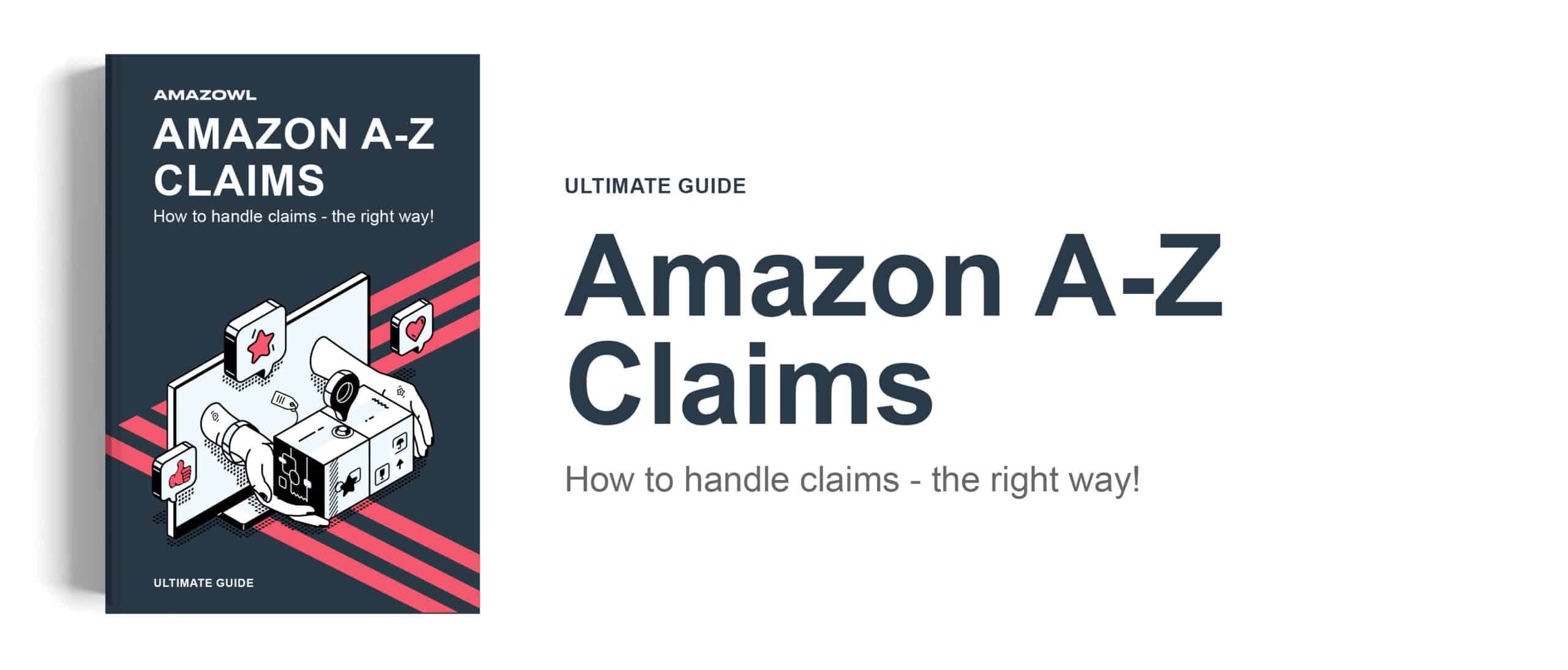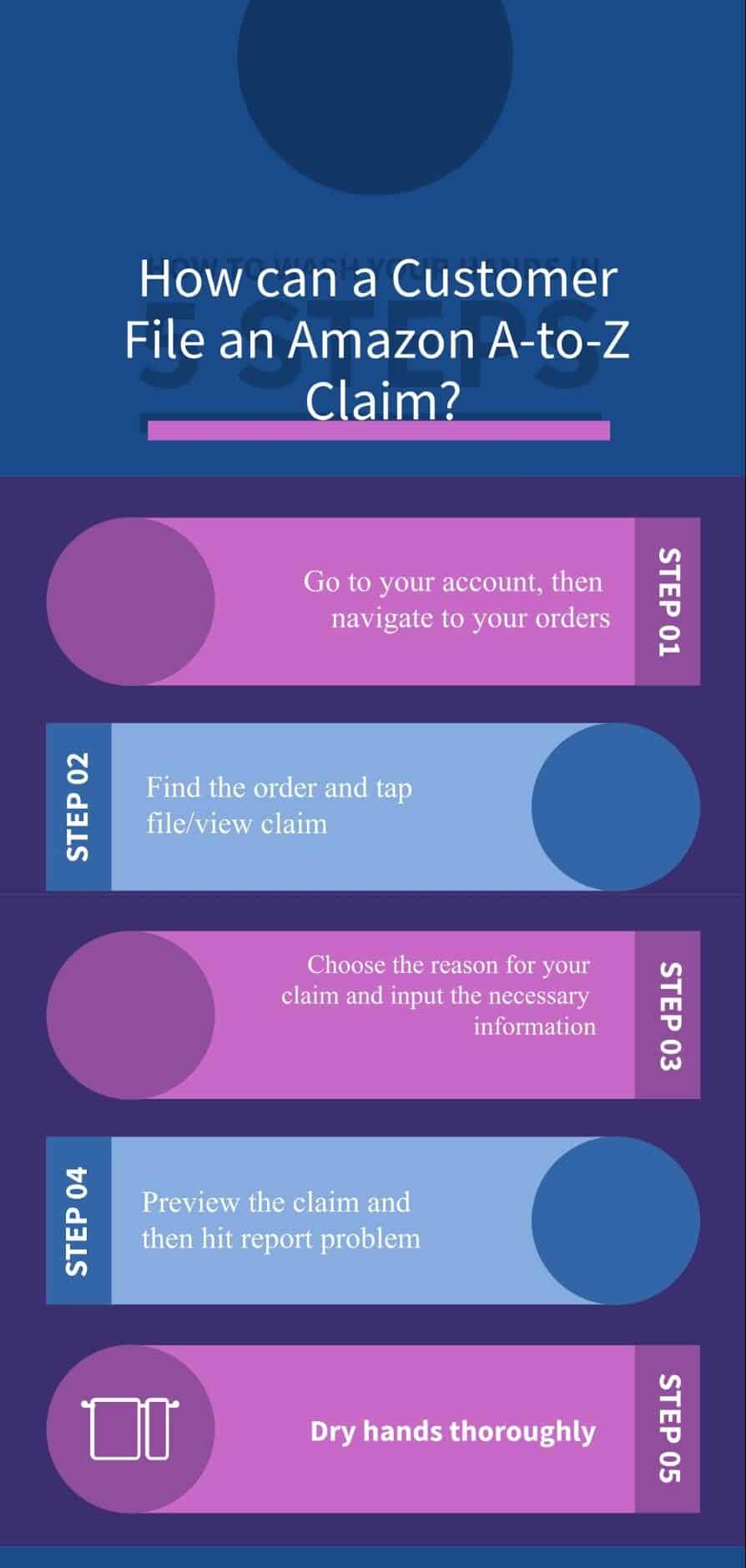Did you know that 15 to 40% of online purchases are returned? And in the next few years, with the growth of eCommerce, the number of returns will hit the trillion-dollar mark?
Due to this rising challenge, businesses are striving to provide solutions against returns as more and more shoppers buy items online.
Amazon on its part introduced the A-to-Z claims Guarantee to help curb this problem. The initiative was brought about to protect customers and their wallets if they purchased an item from a third-party seller and something goes wrong, like late delivery or receiving the wrong product.
However, it doesn’t take much effort to stumble on numerous posts and forum topics about customers wondering how to file an Amazon A-to-Z claim or sellers having difficulty responding to one and winning them.
There are even incidences of customers trying to game the system using the A-to-Z policy.
So regardless of whether you’re a seller or customer, knowing how to file an A-to-Z claim, prevent it or win one is crucial to ensure you don’t get ripped off.
 .
.